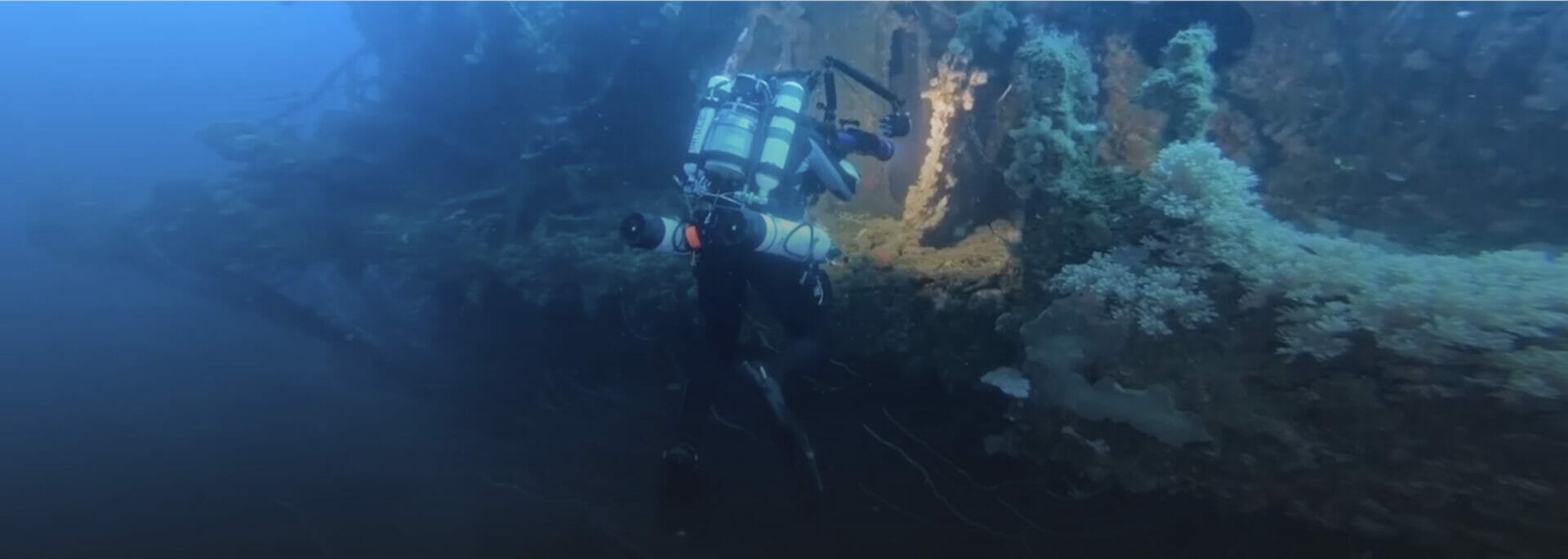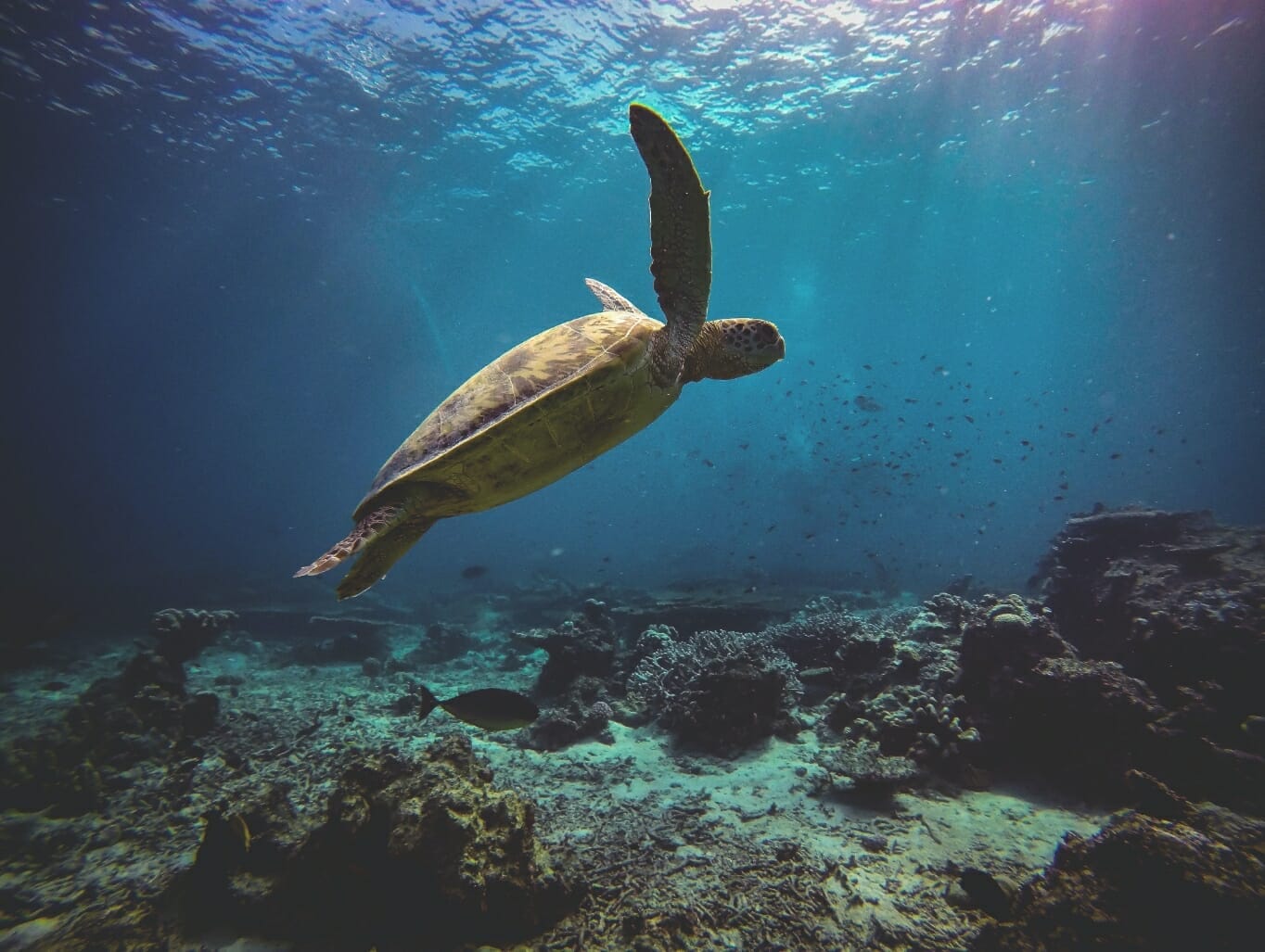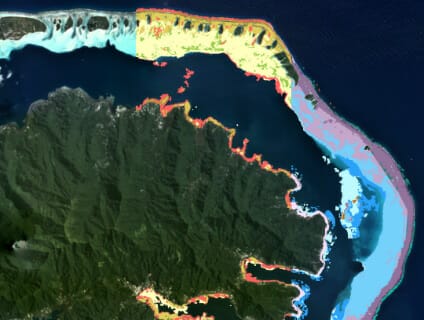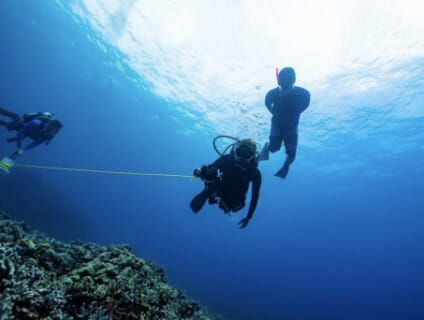
Discovery. Conservation. Action.

Making scientific discoveries, supporting conservation and galvanizing action
The Center for Global Discovery and Conservation Science leads spatially-explicit scientific and technological research focused on mitigating and adapting to global environmental change.
Our programs
GDCS news
Stay connected on social media
Making scientific discoveries, supporting conservation and galvanizing action.







